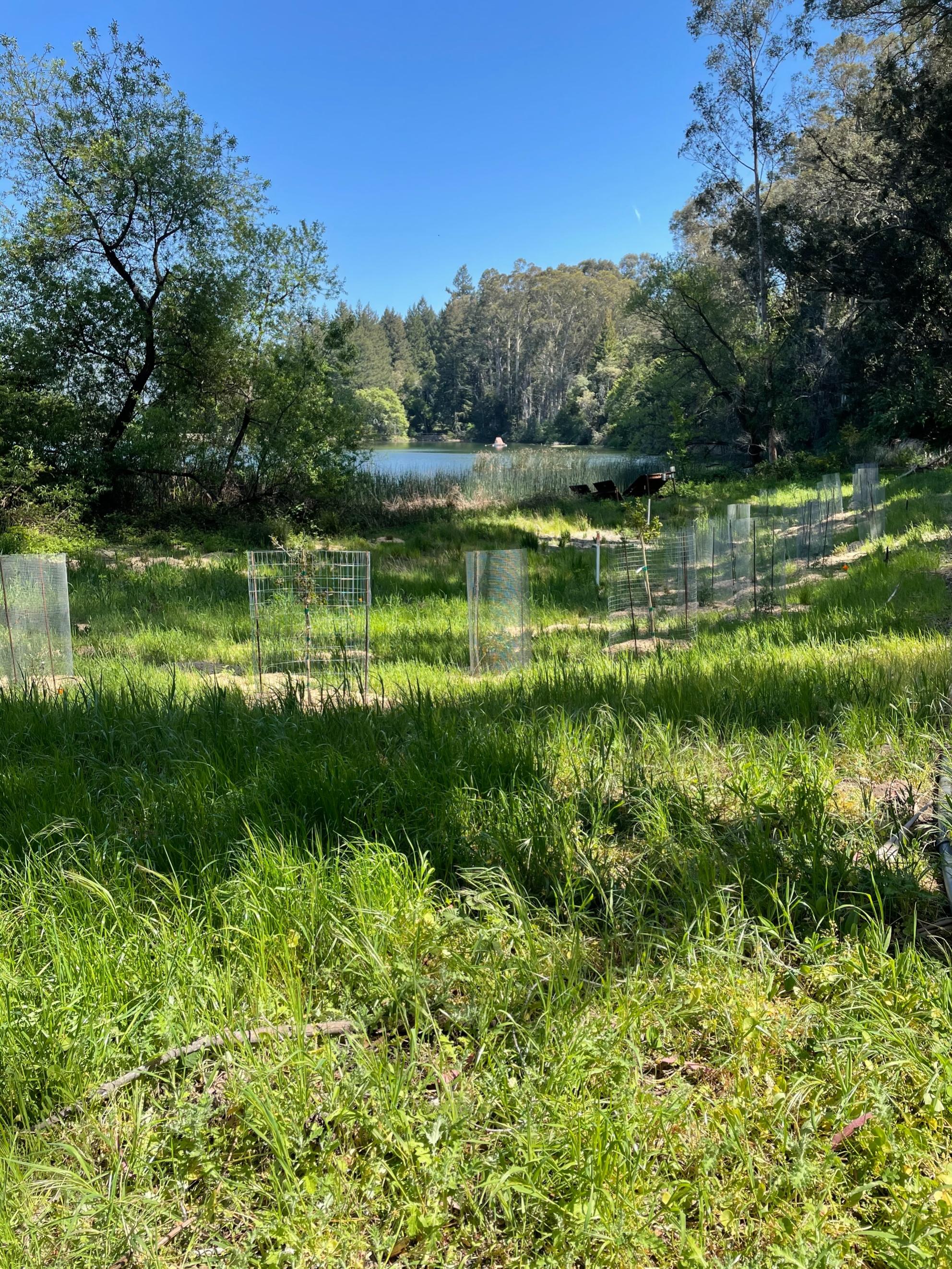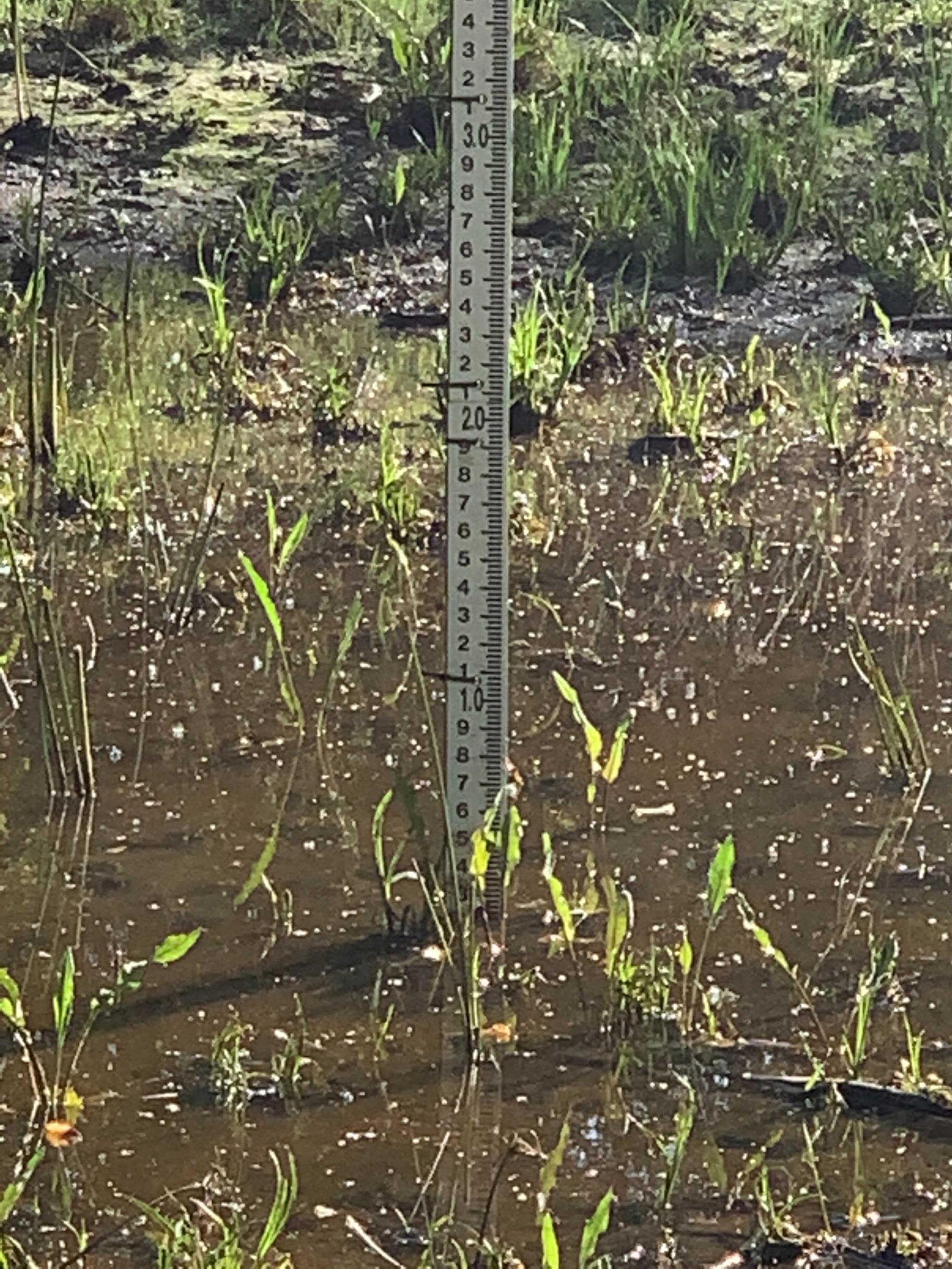
San Jose Water’s mission includes not only delivering high-quality water to our customers but also protecting the environment - two things that go hand in hand. As part of our ongoing commitment to environmental stewardship and sustainability, we maintain a number of critically important wetland mitigation sites on the Los Gatos Creek Watershed and in Santa Clara County.
What is a wetland mitigation site? In a nutshell, mitigation allows us to responsibly compensate for unavoidable environmental impacts through habitat restoration, creation, conservation, and enhancement. Impacts from water infrastructure projects such as a tank replacement or a water main installation can be offset with improvements in other areas such as wetlands. These mitigation sites provide multiple co-benefits for our local communities and environment by restoring and enhancing wetland habitat and maintaining the ecological functions that wetlands provide.
Importance of Wetlands
Wetlands are a key part of the ecosystem – offering many benefits to humans, wildlife and even climate change! For people, these wetlands have enormous water quality benefits. Wetlands can filter and remove excess nutrients and pesticides while capturing sediment and organic matter.

Also, don’t overlook the wildlife that rely on these habitats for food and shelter. Wetlands also sequester significant amounts of carbon and provide opportunities to mitigate the impacts of climate change. SJW wetland projects are important for the maintenance of biodiversity. These wetland habitats support a large variety of plant and animal species, including rare and endemic species such as the California red-legged frog and Western pond turtle.
Stewardship for the Long Term
SJW has committed itself to the wetlands projects for the long-term. By investing in the long-term maintenance and management of these sites, it ensures they thrive in perpetuity. We commit significant resources to support restoration of wetlands and to measure the outcomes of these efforts. Ongoing management includes removal of invasive plant species, revegetation with native species, biological and hydrologic monitoring, and annual reporting on performance.
Ongoing monitoring is a key component of our mitigation strategy. For example, we document pond physical conditions and seasonal hydrology for our Kittredge Mitigation site to maintain appropriate hydrology for special-status amphibians and wetland vegetation. Measuring pond depth, plant health, and evaluating general site conditions are also gauged as part of ongoing monthly assessments. Monthly maintenance visits allow us to manage vegetation and irrigation as well as replace any failed plantings.

We employ a science-based approach to wetland restoration and mitigation. Wetland restoration, in particular, necessitates a whole-ecosystem approach addressing the unique requirements of plant and animal species and the environmental conditions which support them. The planning and project development process can take many years requiring extensive engagement with local experts, scientists and researchers.
Team Effort
Collaboration with our resource agency partners (e.g. California Department of Fish and Wildlife, United States Fish and Wildlife Service, U.S. Army Corps of Engineers, Regional Water Quality Control Board), our consultant teams, and community stakeholders is a key part of the success of these efforts. Without the support of these partners, efforts to restore, manage, and monitor our wetlands would not be possible. Our partners are equally committed to the long-term success of these projects. Their continued guidance, support, and expertise extends SJW’s ability to manage and implement this critical work into the future.
